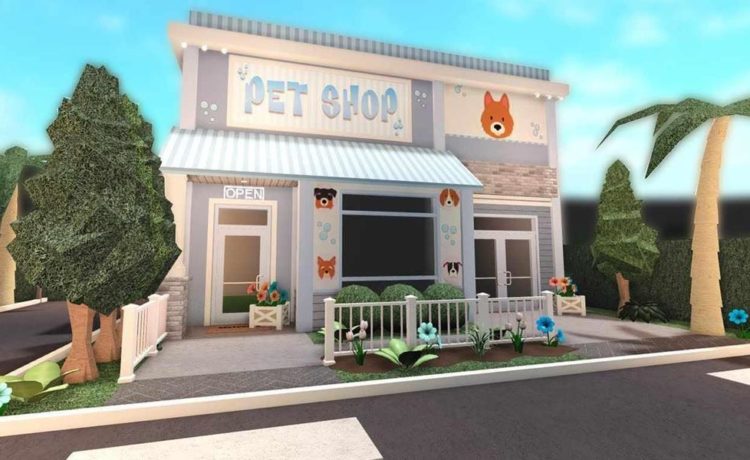The metaverse has introduced an entirely new digital asset class – virtual real estate. Tech giants and investors alike are purchasing land across metaverse platforms like Decentraland, The Sandbox, and Somnium Space. But not all metaverse land is created equal. Understanding key differences across metaverses is crucial for competing in this emerging market. Each metaverse platform has its own rules, culture, and mechanisms for buying land. Decentraland sells LAND tokens on a blockchain representing virtual property parcels. The Sandbox offers 3D voxel LAND NFTs players build on. Somnium Space uses an in-game currency called CUBEs to buy land and build globally.
Land on some invest in land in the metaverse sonly be purchased directly from the platform. Others like Decentraland have open secondary markets for trading land parcels other users already own. The pricing model also affects competition – Decentraland uses auctions while The Sandbox sets fixed land prices. The type of virtual real estate available varies as well. Entire islands and estates are purchased in Somnium compared to smaller plots on other metaverses. Decentraland limits land development vertically while The Sandbox allows building upward without limits. Understanding these key differences will inform bidding and buying decisions.
Each metaverse also has unique coordinates and neighborhood desirability. Decentraland uses blockchain address sequences for parcels. The Sandbox divides land into districts like Genesis City and Fantasy Isle. Research land plots located near amenities or attractions typically command premium investment. Owning land across multiple metaverses spreads risk and hedges your bets on which worlds will thrive long-term. But it also requires deeper knowledge of the opportunities and each platform. Focus on metaverses creating compelling social experiences with active user bases.
The types of activities allowed on land vary as well impacting commercial potential. Decentraland allows for casinos and gambling – forbidden on The Sandbox. Somnium Space permits adult content while others have restrictions. Consider metaverse content policies when evaluating virtual land for development. Landowners also face platform-specific taxes and fees. Decentraland charges MANA tokens annually as estate taxes. The Sandbox takes 5% commissions on land and asset transactions. Consider ongoing costs of holding land on different metaverses in investment planning.
Interoperability between metaverse platforms also remains limited. Your Sandbox assets may not easily port to Cryptovoxels, for example. Building identities and assets on multiple platforms takes more effort. It could change as standards emerge but currently expect fragmentation.
As virtual worlds, no two metaverses are exactly alike. Taking time to evaluate the culture, features, strengths, and weaknesses of each is key before investing significant capital in virtual land. While the metaverse collectively represents massive potential, factors like activity, policies, fees, and interoperability weigh on individual land parcels. However, gaining a nuanced of this emerging landscape you to stake claims with far greater insight. The virtual land grab is accelerating as speculators rush to plant flags across multiple metaverses. However prudent investors are taking time to deeply analyze metaverse differences before making major plays. The rewards for competing at the frontier of this new digital frontier are immense – but only for those with the unique rules, regulations, and quirks shaping each platform. Scout wisely and you secure the choicest virtual acreage for development and profit.





